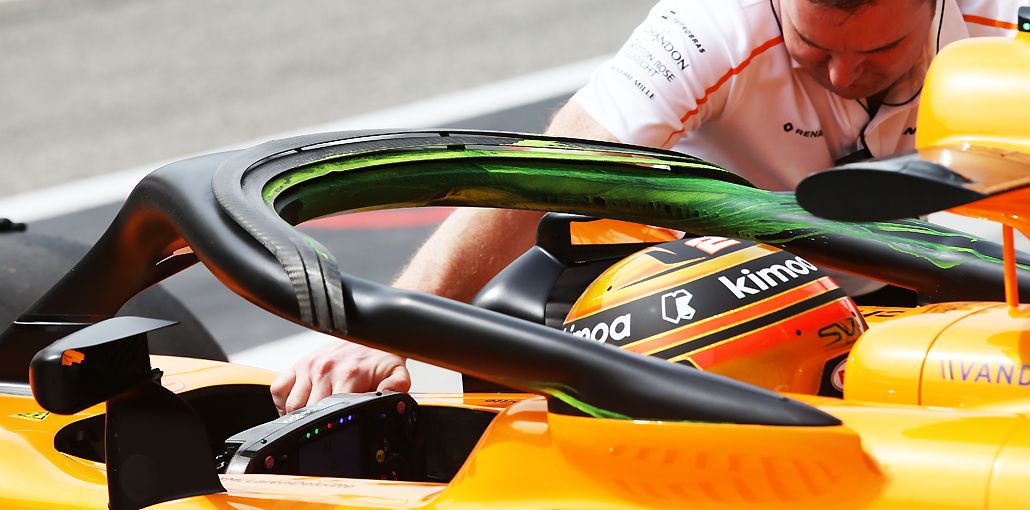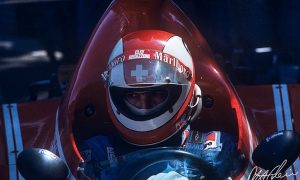Contrary to what its etymology would suggest, the "Halo" in F1 is not a circle of light but a robust titanium frame installed above the cockpit to protect the pilot's head from large moving objects.
A vertical pillar located in front of the driver supports the front hoop surrounding the cockpit, itself fixed in two places at the rear of the survival cell.
Specifically, the metal frame is purchased by the teams from one of the three suppliers currently approved by the FIA (German CP Autosport, which supplies nine out of ten teams, the English SSTT and the Italian V System) for an approximate cost of 15,000 euros each.
Integrating the Halo was not easy: the process was more about limiting the disadvantages rather than gaining performance. Regarding the rigidity of the device, the technical regulations imposed new crash tests to ensure the strength of the roll bar.
From an aerodynamic point of view, the turbulence created by the structure can be neutralized thanks to the possibility of installing a fairing and/or vanes around the frame, within a radius of 2 centimetres. The bare arch has undergone a shot blast cleaning to provide an abrasive surface on which the teams install their aerodynamic cladding.

THE MOST COMPLEX: TORO ROSSO
One could expect to see the vanes sprout, but this was not really the case, except at Toro Rosso.
As can be seen above, three types of appendices were added to the STR13 Halo.
First, a boomerang-shaped triplane deflector is placed over the hoop, as is the case on the Force India, the Renault and the McLaren (see the white arrows). This triple deflector deflects the upward airflow downwards, i.e. towards the engine air intake of the car driven by Pierre Gasly and Brendon Hartley.
Secondly, a small winglet with a water drop profile is fixed under the bow, in front of the driver (yellow arrows). Above this mini-wing, we notice that the inner face of the Halo is concave shaped (see the orange arrows on the second image). But let's be humble: only the aerodynamicists at Bicester know exactly the role of each of these appendages (the wind tunnel of the small squadra and its aerodynamic department are installed in Great Britain).
Finally, a curved double vane is installed on each side of the roll bar (blue arrows).
Will these solutions be copied by the competition during the season? This is possible because the team has often been a precursor in the aerodynamic domain (it's Toro Rosso who introduced, back in 2016, the dents in the end-plates of the rear wing, and, in 2017, the booster of the front suspension arm [at the same time as Mercedes], the bridge-shaped appendages on the flat bottom, the fold on the edge of it, etc.).

 '
'





